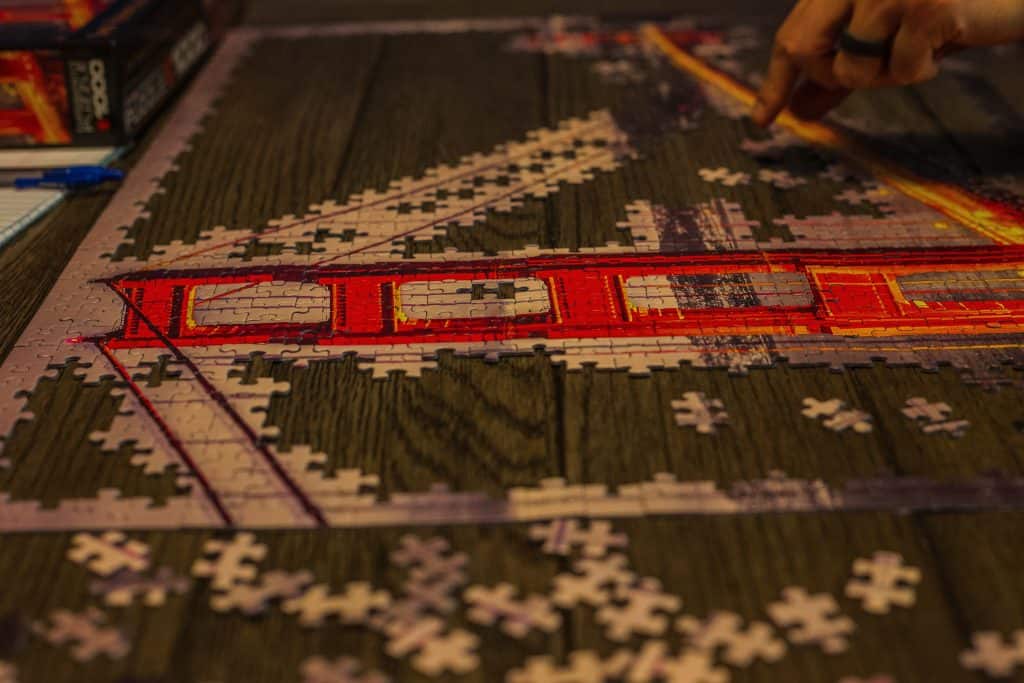The jigsaw’s design is a clever way to create an image out of small pieces. It is also a great way to get children interested in art and puzzles! The most important thing to remember when putting a puzzle together is that it’s not like solving an algebra equation, where the answer doesn’t change even if you switch numbers. The order of the pieces is essential for completing your jigsaw.
In this article, you will learn how to put together the perfect jigsaw puzzle. Follow these steps and soon enough you’ll be able to say “I did it!”
Step one: Choose your puzzle size
Choosing the perfect size puzzle for the right occasion is important. Puzzles that are too small may be a challenge to assemble with children, and puzzles that are too large will take up valuable table space during parties or when entertaining guests. You need to take into account the number of pieces in your puzzle, as well. Sometimes the pieces are too small for children to hold and other times they’re too large.
Step two: Choose your image design
You will most likely have a picture in mind before you begin, so choose that image and look for pieces with the same design. If there aren’t any, use your imagination to make up new designs as you go along.
Choosing an image to put on your jigsaw can make it more personal; it will be a wonderful addition to your home.
Step three: Arrange all the pieces into piles based on their color or shape
Having patterned pieces will make the puzzle easier to put together because they’re all in one pile. If you have a lot of random-colored pieces, it’ll be difficult to find them when putting your jigsaw back together, so try being more organized and starting with a pile of all the colored pieces.
Step four: Start by using larger shapes like corners first
After finding all four edges of the puzzle, it becomes easier to fill in the corner shapes and identify which pieces go where. To make sure a jigsaw puzzle is put together quickly, you should start with a strategy.
Step five: Fill in all the empty spaces with larger or easier-to-locate shapes
Once you have a lot of large holes and gaps, it becomes much more difficult to find matching jigsaw pieces. This is why we recommend starting with those first so that they can lead you to the rest of them. When you have two or three adjacent spaces that are complete, that’s a good time to start filling in the pieces nearby.
And finally:
Work on fixing one problem at a time! This is really helpful when you’re trying to figure out where certain puzzle pieces go.
Congratulations, you have now completed our guide to the perfect jigsaw puzzle! We hope that this has given you some helpful tips and tricks for your next craft project. Have a great time making puzzles with friends or family members as well as tackling those more difficult designs by yourself. Remember to keep these guidelines in mind while working on your new puzzle design, so it turns out even better than before!

